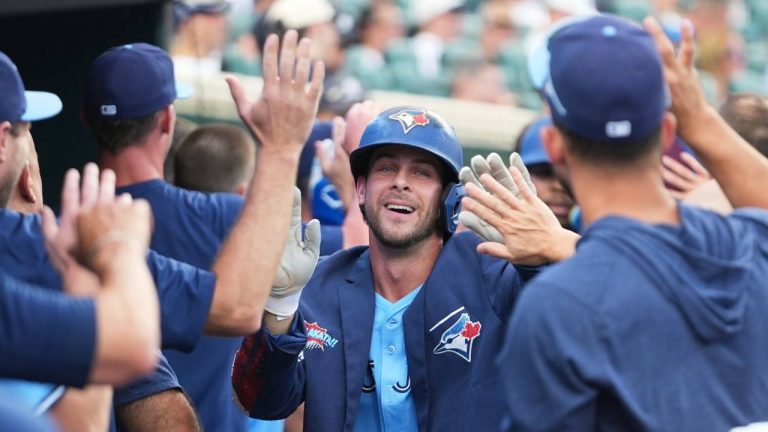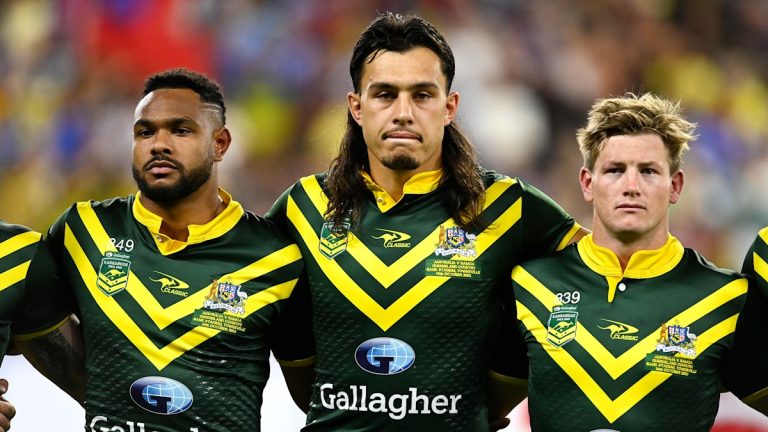The Bermuda Triangle. Bigfoot. Stonehenge. Western United football club. The great enigmas of the world.
Six seasons competing in the undisputed supreme league on the planet (our beloved A-League) has done little to quell the mysterious unknowns of this football club.
Have they been a success? Do they have an identity? Is their stadium coming? Do they have a future?
For many A-League fans, the answer to these are as clear as day.
However, the true answer is murkier and sits relative to one’s standards and measures for success.
For the purposes of this argument, let us put aside their on-field achievements (namely, a men’s championship, a women’s grand final, and several finals appearances).
The club plays and trains out of the 5,000-capacity Ironbark Fields (Wyndham Regional Football Facility) in Melbourne’s outer west, a public-private partnership jointly funded by Wyndham City Council and Western Melbourne Group (club owners).
As many readers will be aware, this training venue is the forerunner to a planned commercial, residential and sporting precinct, including plans for a 15,000-capacity stadium.

Michael Ruhs (Photo by Matt King/Getty Images)
But for argument’s sake, let’s focus on the here and now; let’s assume the stadium and the rest do not materialise.
Men’s matches at Ironbark Fields average roughly 3,500 supporters to a game (4,207 being the highest at the venue). If we compare this with other well-established Australian sports entities (Collingwood, Broncos, Swans), this number is measly and paltry.
But in comparison to football clubs globally, this number corresponds with the attendance figures of countless small clubs.
So, with small-club status undisputed, the question needs to be asked: Is that a problem?
Then the answer, of course, is no. Every sports league in the world has its small clubs. The Premier League has AFC Bournemouth (11,307 capacity). The Greek Super League has PAS Lamia 1964 (5,500 capacity). The Eredivisie has Almere City FC (4,501 capacity). No one would question the integrity or credibility (the right to exist) of these clubs.
So Western United are a small club which play out of a suitable stadium for its size: Tick.
How about financial sustainability? On May 2nd Western United announced new ownership, as KAM Melbourne will acquire a majority stake in the club, investing a cool $100 million. KAM Melbourne are owned by US billionaire property tycoons Maciek and Mikhail Kaminski.
Additionally, the club pay no rent to play out of their precinct (as far as this writer understands). So, although their revenue from ticket sales and merchandise may be dwarfed by larger clubs, their running costs are also (presumably) lower than larger clubs – who pay exorbitant stadium leases.

Western United fans at Ironbark Fields. (Photo by Robert Cianflone/Getty Images)
So, does the club lives within its means? It seemingly does now. Tick.
So perhaps Western United’s Achilles heel is not their small fan-base, but the manner upon which they were granted a licence in 2018.
Firstly, A-League fans were resentful the club were admitted entry before other obvious locales in Australia and New Zealand: namely Canberra, Auckland, Tasmania, or a second Queensland team.
Few would argue Melbourne, a city of six million, is unworthy of three A-Leagues clubs, but perhaps not before other areas (which were screaming for a licence). And of course, the A-League’s broadcast partner at the time, Foxtel, pushed for additional Sydney and Melbourne teams (much to the chagrin of A-League fans).
Western Melbourne Group were also guilty of over-selling themselves with grand promises that have yet to materialise. Their ambition was seen as naïve.
Not just the promise of a 15,000-capacity stadium (within three years!), but the promise of being a ‘big club’ which ‘united’ Victoria’s western corridor of West Melbourne, Geelong and Ballarat (three different demographic regions). This premise was always doomed, and a clever (or sneaky) way of improving its metrics to hit the 1,000,000-population mark – a licence requirement for the previous (then-FFA) administration (‘fish where the fish are’). It reeked of corporate overreach, a bland albeit safe name which excludes no one (but ironically, includes no one too).
Finally, the club were nomadic for its opening years, hosting matches at Geelong, Melbourne, Ballarat and Tasmania, further consolidating its lack of identity to bemused onlookers.
These marketing errors left football fans scratching their heads as to who Western United truly represent.
But now, with a suitable stadium for its small (albeit loyal) fan-base, and financial sustainability and security assured, Western United are perhaps a simple rebrand from earning the reputation as a respectable small club.
What are the best options? There are three standout options to this writer, meaning the club can keep the ‘W’ in their logo.
Firstly, Wyndham Town FC: a traditional name reminiscent of lower-tier English clubs. This name consolidates their geographical identity as a Wyndham-based club representing outer West Melbourne, and the ‘Town’ suggests pride in being grassroots and local. However, this option risks isolating fans from inner west Melbourne, Geelong and Ballarat.
Secondly, West Melbourne United: this is perhaps the ‘safest’ option from a marketing perspective, as it consolidates all West Melbourne, and allows the club to keep its ‘W’ and ‘United’ tags, and would minimise isolating fans not from the Wyndham region.
Thirdly, West Melbourne (or Wyndham) Athletic: Like above, but the ‘Athletic’ suggests a steer away from the overused United moniker (and would dust off any lingering association with their current ‘corporate’ brand, and the associated resentment).
A name change would represent a ‘soft’ reboot for a much-maligned club which tried to run before it could walk. It must focus on starting small and focussing local, eventually growing outward.
By doing this, the club may never reach ‘big club’ status, but at least it will no longer be one of the world’s great enigmas.






